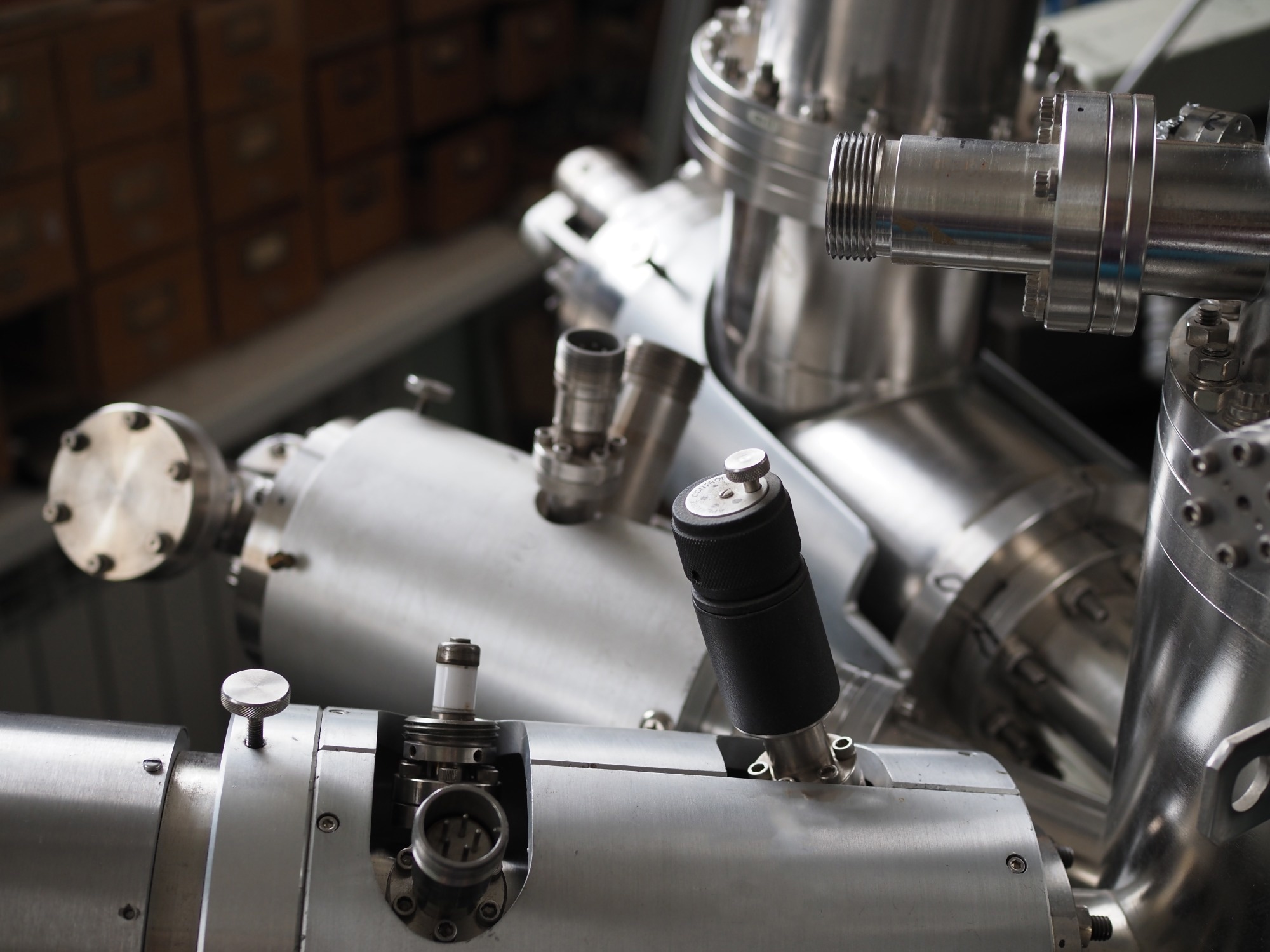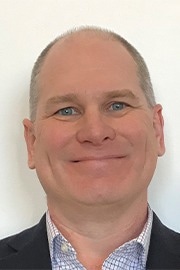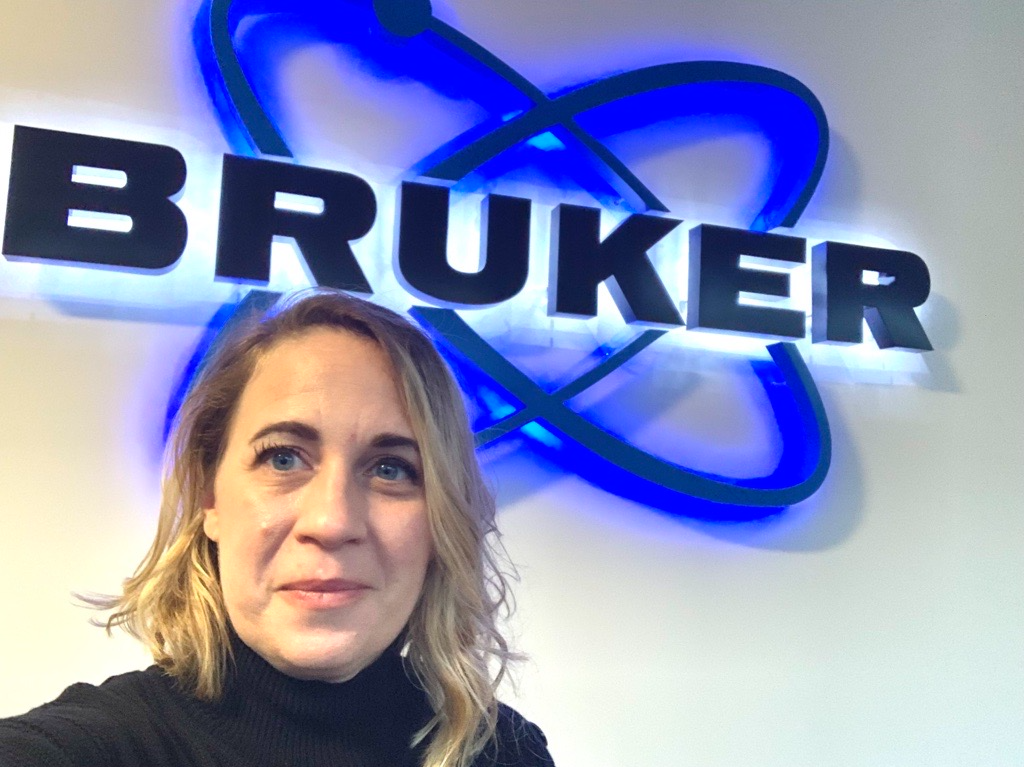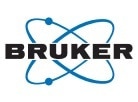In this new episode of omg OMx, Kate Stumpo speaks to Bruker's Mike Greig about the incredible potential of mass spectrometry in pharma. Discover selected highlights, or watch the full episode below:
Mike Greig | omg OMx Podcast | Ep. 9
What are some important lessons you have learned in your career, and are there any important people that have helped you along the way?
When I started my career in biotechnology, my boss was Rich Griffey. He ran our group like a Ph.D. program. Before I left Isis Pharmaceuticals, I had almost 20 publications covering everything from gas-phase chemistry of nucleotides to structural analysis of native mass spec.
Being in biotech in the 1990s, you had to learn many different things. You also had to contribute to fundamental science to demonstrate to Isis that these different biotech companies deserved funding. It was a great time to be in biotech. Even now, in a small biotech company, you must learn everything to contribute meaningfully and make the company successful.
While at Isis Pharmaceuticals, I had the opportunity to be a visiting scientist with Marshall's group, which came about at an ASMS. At my first ASMS, I met Jared Rader and Chris Hendrickson. Chris Hendrickson is now the director of the MagLab.
I met them on an elevator at ASMS. We got talking and became good friends. About three ASMSs later, we discussed mass spec and our respective fields. This is when I went to their lab and started working with them as a visiting scientist.
Is there a science “OMG” moment, even if it is not mass spec related, that made you love the field of chemistry?
I went to Buffalo Grove High School in the northwest suburbs of Chicago. I took AP chemistry with Dr. Bowles. He was an amazing person — super energetic and made the class very enjoyable, which is quite remarkable for an AP chemistry course.
A couple of weeks before the Christmas break one year, we did a saccharides experiment. We were mixing all these compounds and made two ropes, a red and a white. We twisted them up and he told us to put a bend in them. Everybody in the class suddenly realized that we had just made candy canes. This is how he turned science into candy for us. It showed us that science could include all kinds of things, and can be fun and tasty.
What developments have you observed in the fields that you have been in, whether in pharma or any other sectors?
The advancements in drug discovery throughout my career have been amazing in the way approaches, throughput, and speed have evolved. What a single scientist can contribute now is remarkable, mainly thanks to technology and the internet.
The nice thing about working with Bruker now is that I get to visit people in other pharma and biotech labs and talk about the science they are doing in detail. What everybody is doing in these labs is just phenomenal at an individual level.
In terms of mass spec, the advancements in the usability and robustness of instruments have been amazing to witness. When I first started, I used a single quad instrument with fusion pumps. I had to rebuild that instrument every other day to keep it running. Although this was great because I learned a lot about mass spec by building, rebuilding, and replacing components, I would not recommend it for a high-throughput lab.
Now, the instruments, software, hardware—everything about mass spec is more usable. Twenty years ago, you would never see instruments in mass specs and biology labs. Now, they are everywhere.
 Image Credit: White_Fox/Shutterstock.com
Image Credit: White_Fox/Shutterstock.com
Can you tell us more about the evolution process of a drug?
Most places start with a disease or therapeutic area, and then you decide what your target is going to be. There are many publications, such as Time Magazine, that say, "Oh, cancer is cured. We found the next target,". Whether it is Time Magazine, Analytical Chemistry, or Science, it is a constant bombardment of new targets for oncology, heart disease, or other therapeutic areas.
I mainly worked in oncology during my last 10 years at Pfizer, so I am most familiar with that field. But you constantly see all these targets that have the potential to cure different types of breast cancer, as well as other types of cancer. Therefore, the first thing we do in pharma is that we validate these targets.
Once a target has been validated through multiple biological, analytical, and other methods, we proceed with a high-throughput screening campaign. While this high-throughput screening campaign goes on, there is also a lot of work in biology, which includes analytical chemistry to figure out the mechanism of action.
If the mechanism of action can be defined, the chances of success in clinical trials increase dramatically. The next stage involves progressing down the pipeline, getting a lead compound, and looking for biomarkers. Having good biomarkers also increases the chance of clinical success significantly.
As you move downstream, you get into the preclinical or pre-human studies. Then you progress to the human studies phase one trial. This phase generally tests if the drug is tolerable to humans. You then move to phase two and phase three where the efficacy is evaluated and finally, the drug is ready to hit the market.
What are some significant barriers to the marketability of mass spectrometry in the pharma or biopharma industry?
Mass spec is already highly marketable to the pharma industry. Almost every single pharma lab has a mass-spec instrument in operation. To enhance marketability, the key is to improve the ease of use and software.
There are many core mass spec labs where the people in the lab are gearheads who want to do everything with the instrument and do a lot of exploration. On the other hand, there are also recombinant protein labs where the focus is on making proteins for project teams, and they simply want to examine and obtain an accurate mass of the intact protein.
These labs want the mass spec to be just a walkup instrument. There are already many walkup instruments for chemistry and biology. So, ease of use is already there. Now, the only question is whether we can make these complex experiments easier to do and reproducible.
Most common types of experiments are already established. We are now pushing into advanced realms such as looking at top-down sequencing out of biofluids. As the complexity of the samples increases, the need for additional innovations will also increase.
About the speaker

Mike Greig is Executive Director and Global Pharma/BioPharma Market at Bruker Scientific, LLC.

omg OMx host: Kate Stumpo, Senior Market Manager at Bruker
LinkedIn
About Bruker Life Sciences Mass Spectrometry

Discover new ways to apply mass spectrometry to today’s most pressing analytical challenges. Innovations such as Trapped Ion Mobility (TIMS), smartbeam and scanning lasers for MALDI-MS Imaging that deliver true pixel fidelity, and eXtreme Resolution FTMS (XR) technology capable to reveal Isotopic Fine Structure (IFS) signatures are pushing scientific exploration to new heights. Bruker's mass spectrometry solutions enable scientists to make breakthrough discoveries and gain deeper insights.